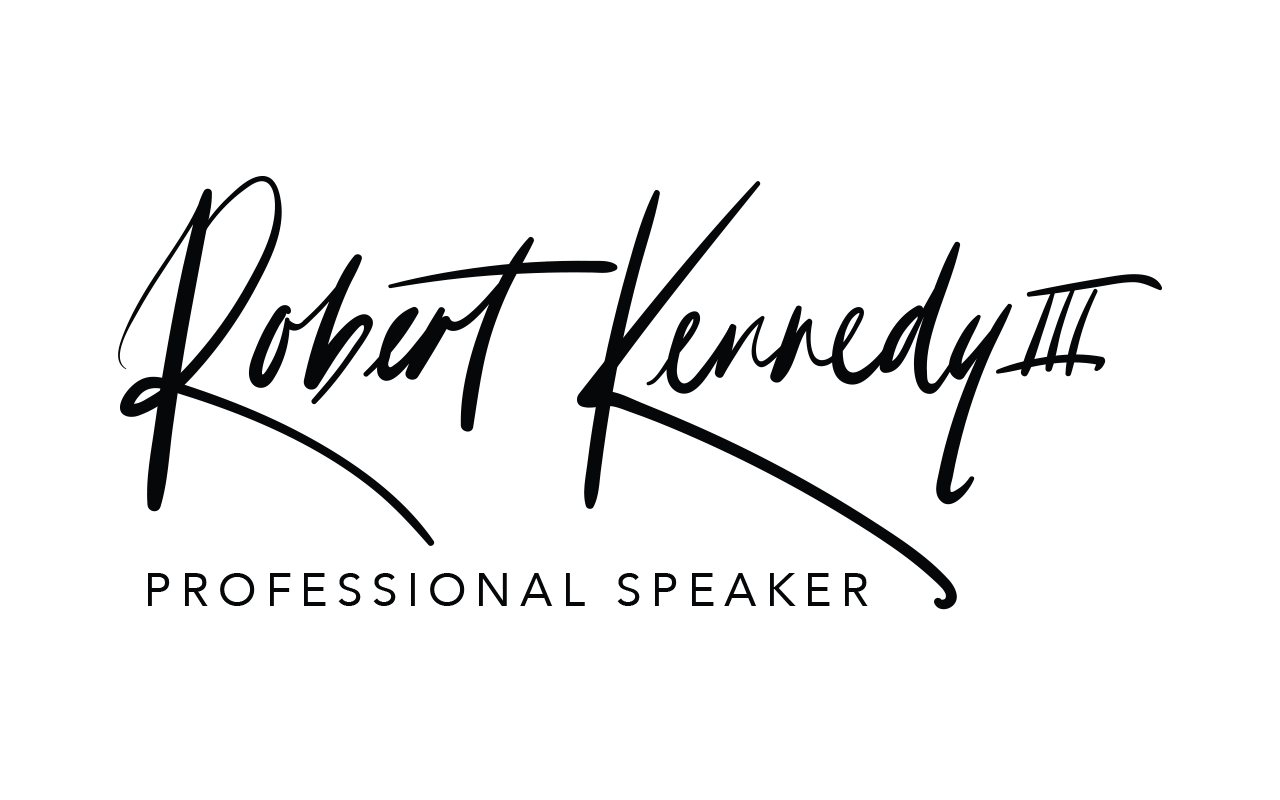 “Bueller”
“Bueller”
“Bueller”
“Bueller”
That’s just what I was thinking as the presenter was on stage. His mouth was moving and I’m pretty sure words were coming out. But, there was no emotion. There was no connection. There was nothing which would indicate he even wanted to be there, except he was getting paid for it.
He got paid, but he wasn’t doing his job! Well, in his mind he was. I’m sure he thought he got paid for sharing content. Many speakers, facilitators, meeting leaders, and trainers have this same line of thinking. But, it’s a mistake.
Your job is not simply to share content. It’s also to bring the audience along for the ride. Columnist, Joel Orr wrote, “Speaking is like conducting an orchestra; but instead of music, you are directing emotions.”
Jump over to Google and you will also find some variation of the phrase, “People won’t always remember what you said, but they’ll remember how you made them feel.”
So how do you bring them along while still delivering important information?
1. Get personal – What does the information mean to you? Why are you telling them? Why are you passionate about it?
When there is no context or meaning attached to information, it becomes flat. It’s just information.
“Our quarterly earnings dipped 15%” is very different than, “Wow, if I want to keep eating dinner, I need to figure out why our quarterlies dipped 15%.”
2. Make it a story – I’ve written it before, and I’ll write it again. Humans are BUILT for story. Stories subconsciously prompt us to ask the question, “What’s next?” If there is a setup, we want to know what happens after.
I was working with a team recently on how to deliver their content with authority. As one of the participants was presenting her information, she dryly stated an opinion.
“We don’t communicate enough in our office. We need to move around more.”
I stopped her. “How can you create more feeling around that?”, I asked.
She thought for a moment, then restarted.
“Yesterday, I walked into the office and as I came around the corner, do you know what I saw? Nothing. People were there, but no one was doing anything. They were working, but there was no action or interaction.”
She added a few more words but she shared an experience that became personal. It connected.
The story doesn’t have to be long and involved. It can be just a few lines.
3. Use your body – Standing behind a lectern and grabbing it for all it’s worth is another way of placing a barrier between you and your audience. Get closer to them. But also, don’t be a stick. Your body moves, bends and is pretty flexible. Use it to accentuate your words.
If you are talking about something that has global impact, make a big circle with your arms. Mentioning the words tight and small? Draw your shoulders in and bend your knees a bit to simulate it.
In another recent client training, I had a participant speaking about items on a shelf. So, I had her restart and mime putting each item on the shelf from left to right as she spoke. This helped the audience to create a picture in their minds. It was beautiful visual and verbal connection.
If people remembered EVERY WORD we told them, we would never need books, computers or the internet. But, we’re human. We don’t remember everything. In fact, we don’t remember most of the words we hear…unless they connect to a feeling which jogs our memory.
Connect and bring them along for the ride.


